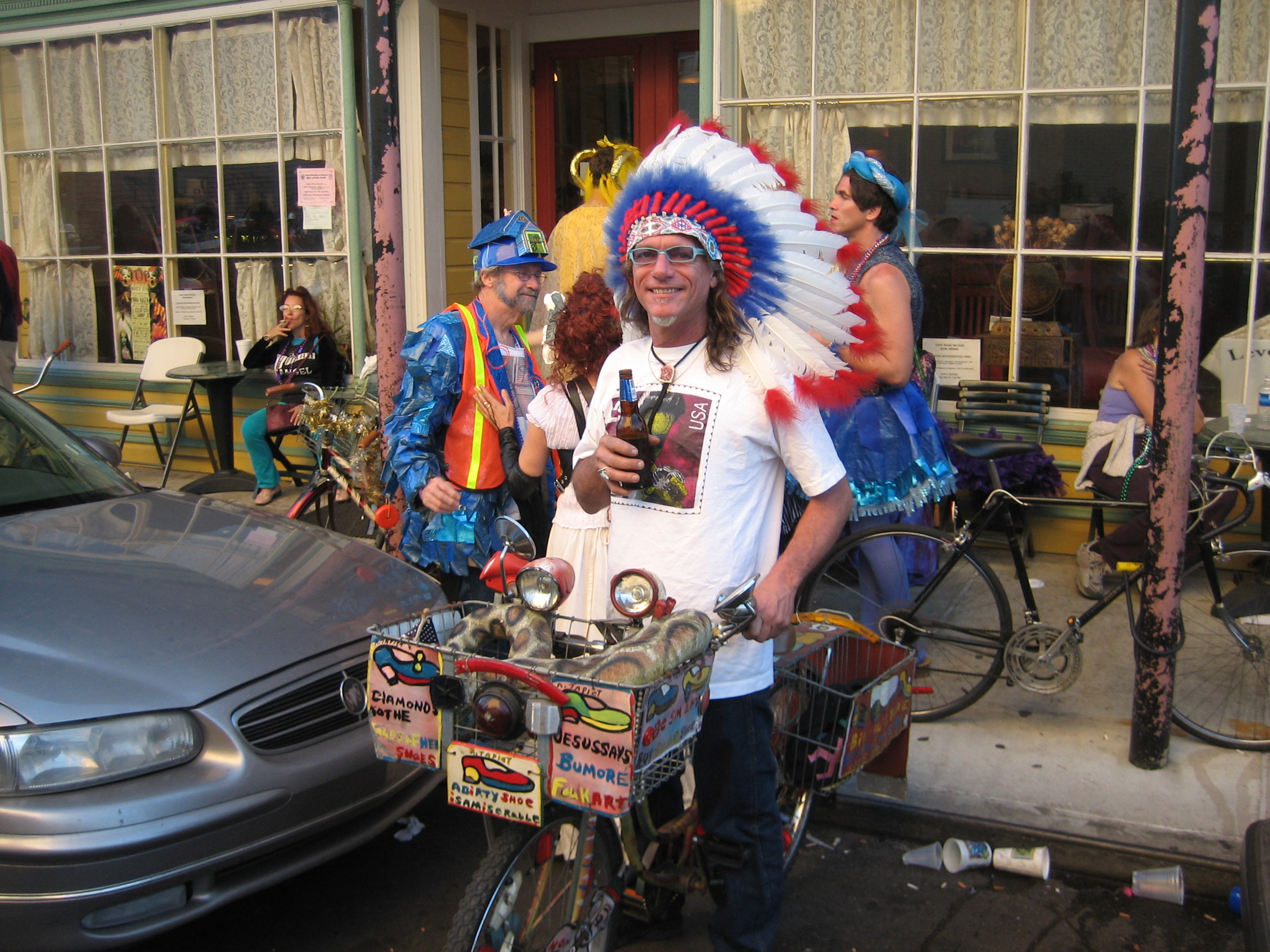Views expressed in opinion columns are the author’s own.
When I was a kid, it would be about this time each year that my dad would take me on my favorite shopping trip: the beloved pre-Halloween visit to Party City to pick out a costume. My bratty princess era was accompanied by a sparkly Belle costume, and my tomboyish me-against-the-world phase was marked by a gnarly pirate outfit. Party City was always a treasure trove of innocence — until I grew older and discovered the obvious cultural appropriation in costumes lining so many shelves.
Cultural appropriation is “the act of taking or using things from a culture that is not your own, especially without showing that you understand or respect this culture,” according to Cambridge Dictionary. It can be anything from wearing a bindi on your forehead without knowing its significance in Indian culture to dressing up in a “sexy Native American costume” for Halloween.
As Halloween approaches, it’s important to know culturally appropriative costumes exist; realizing this is the first step to avoid offending masses of people. Brock University in St. Catharines, Ontario, produced an infographic that helps readers be critical of a given costume. Some questions on the infographic include: “Is the humour based on making fun of real people, human traits, or cultures?” and, “Does my costume packaging include the words ‘traditional, cultural, ethnic’ or ‘tribal?'” It goes on to ask about the presence of other potentially stereotypical racial elements, such as cornrows, to determine whether the costume attempts to impersonate marginalized groups the wearer is not a member of.
In general, any costume that takes a distinctive element of a particular culture and warps it to be extremely generalized, sexually provocative or flat-out incorrect should not be worn this year. Many times, those wearing culturally offensive costumes don’t realize they are appropriating the cultures of systematically marginalized groups; this often perpetuates white privilege and a malicious power imbalance.
Writer Maisha Johnson wrote that cultural appropriation involves a “power dynamic in which members of a dominant culture take elements from a culture of people who have been systematically oppressed by that dominant group.”
Examples of this phenomenon aren’t hard to find. This year, Party City is selling a costume resembling a wall with the words “The Wall.” Many individuals took to Twitter to point out the costume was an offensive attempt at making light of President Trump’s controversial immigration policies.
In our country and campus’s tense political atmosphere, it’s exponentially more important to be aware and proactive about countering seemingly fun yet possibly malicious acts of cultural appropriation. This university’s American Indian Student Union produced an anti-cultural appropriation campaign called “It Means More,” centering on offensive Halloween costumes while offering tips on fun and unoffensive alternatives. Ohio University launched a similar campaign in 2013, plastering the phrase, “We’re a culture not a costume” across several examples of extremely offensive costumes. Campaigns like these — that reinforce colleges’ intolerance of cultural appropriation — are needed across the country.
Since I became a college student, my Halloween costumes have severely downgraded from my elaborate elementary school garbs. I have neither the time nor the money to put together or purchase dazzling costumes, like many college students looking to have fun on this treasured holiday.
This year, maybe be a zombie. Dress up as the stereotypical stressed college kid — something you can easily embody. It’s 2017. We have no room in our closets or on our campus to tolerate racist or insolent Halloween costumes.
Maris Medina is a sophomore journalism major. She can be reached at marismedina29@gmail.com.



